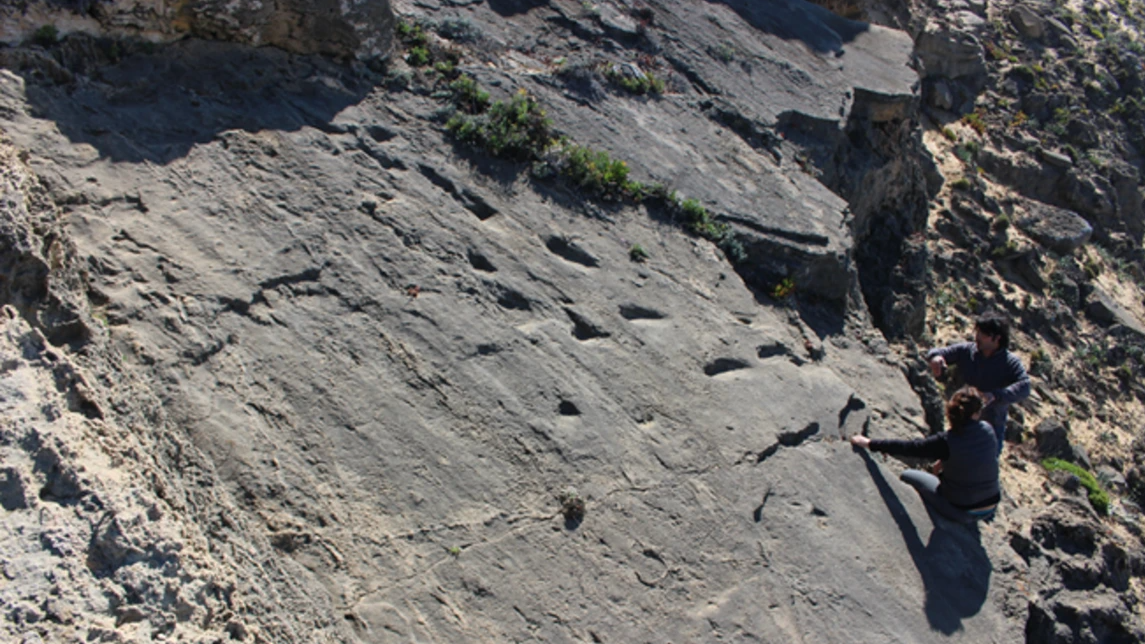Now Reading: Giant Terror Birds May Have Fallen Prey to Massive Caiman, Study Reveals
-
01
Giant Terror Birds May Have Fallen Prey to Massive Caiman, Study Reveals
Giant Terror Birds May Have Fallen Prey to Massive Caiman, Study Reveals

Speedy Summary
- Fossilized bite marks on the leg bone of a 9-foot-tall Phorusrhacid, or “terror bird,” suggest it may have been prey to a massive 15-foot-long caiman approximately 12 million years ago.
- The fossils were found at La Venta in Colombia and analyzed using detailed 3D imaging techniques. The tooth marks matched those of the caiman species Purussaurus neivensis, though evidence suggests the individual responsible was likely a subadult caiman.
- researchers propose two possible scenarios: predation or scavenging-where the bird may have died near water before being eaten by the caiman.
- Study lead Andrés Link emphasized that even apex land predators like terror birds faced risks from aquatic predators in proto-Amazonian ecosystems during the middle Miocene epoch.
!Image depicting terror bird being attacked by a large caiman
The new study suggests that giant terror birds could have been prey if they weren’t careful near water. (Image credit: Julian Bayona Becerra/Biology Letters)
!3D models illustrating bite analyses
Detailed imaging reveals two hypotheses for how bite marks occurred: predation or scavenging. (Image credit: Julian Bayona Becerra/Biology Letters)
Indian Opinion Analysis
This study highlights significant ecological insights into predator-prey interactions in ancient South America, showcasing how apex predators were not invulnerable but part of intricate food webs shaped by surroundings and competition.Such findings enrich our understanding of Miocene-era ecosystems, which are crucial for reconstructing biodiversity changes over time-a factor relevant globally as well as within India’s paleontological studies given its rich fossil history (e.g., discoveries at Narmada Valley). establishing clearer interrelations between diverse species underscores broader lessons about environmental dependency and adaptation, which resonate with contemporary ecological challenges worldwide.
Additionally, these methods-like advanced imaging for fossil analysis-reflect scientific progress applicable to enhancing paleontology efforts within India’s own prehistoric sites like Bhimbetka rock shelters or Rajasthan’s early vertebrate fossils. Integrating such technology could refine local investigations into India’s ancient biosphere while contributing further knowledge about global historical ecosystems.
For Indian researchers,this may reaffirm value in cross-contextual studies bridging local finds with distant regions such as South America to uncover universal evolutionary patterns across paleoclimatic epochs.
























